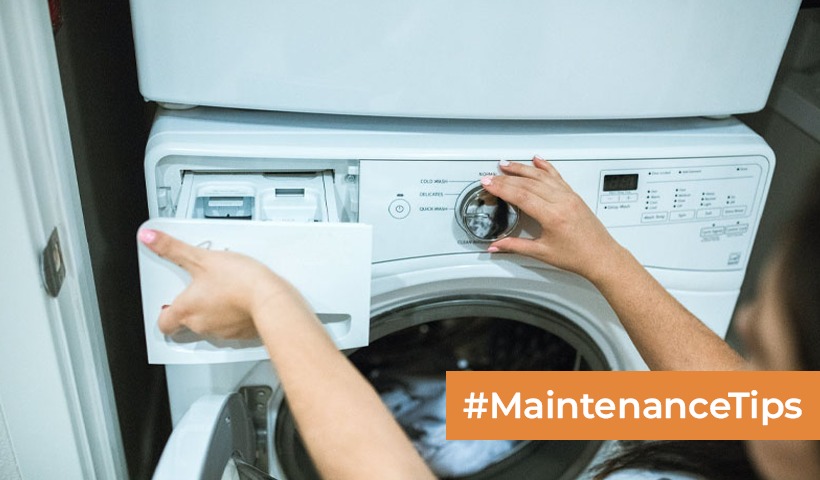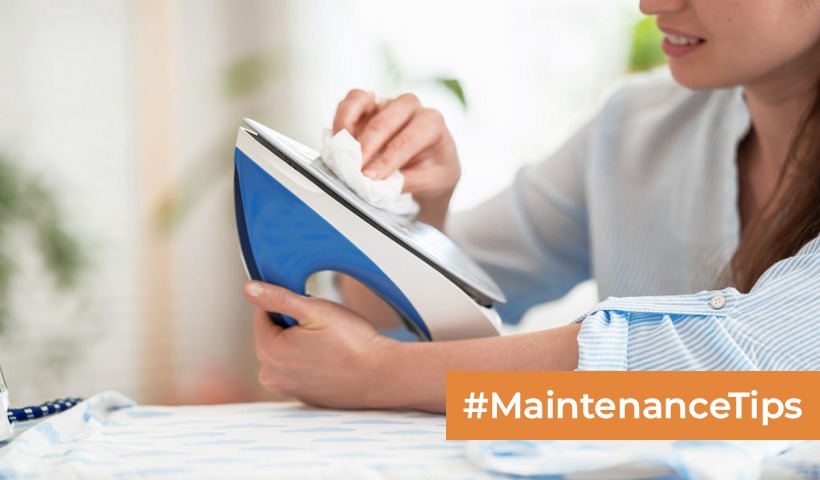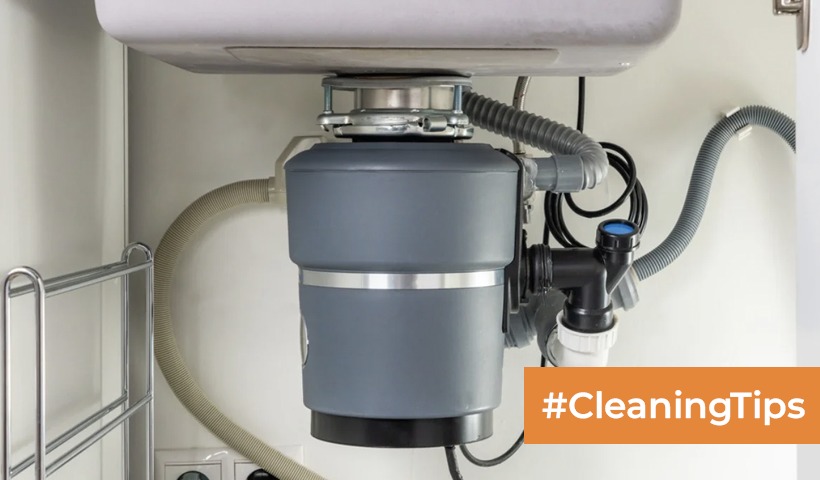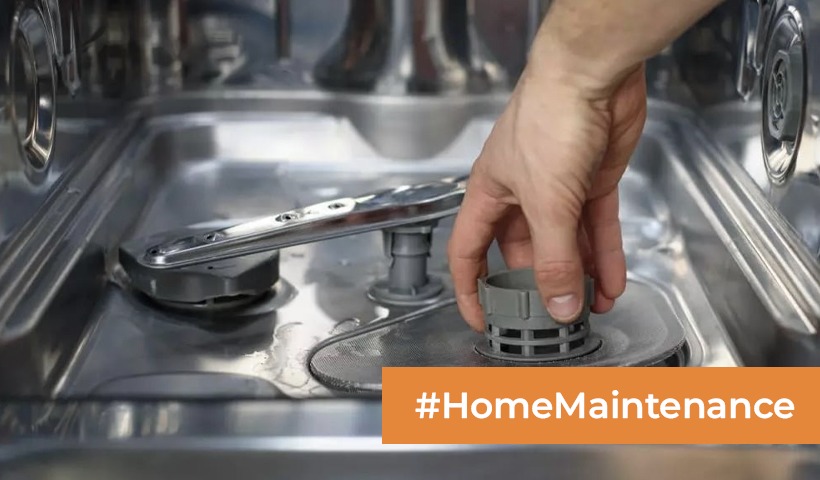A Fresh Start: Post-Flood Cleanup and Restoration Tips!
Floods can be devastating, leaving homes and communities in disarray. Cleaning up after a flood is a challenging and emotional process, but with the right approach and guidance, you can start restoring your home and life. In this comprehensive guide, we’ll walk you through the essential steps to clean up after a flood safely and effectively.
Safety First: Precautions Before You Start
Before you begin the cleanup process, prioritize safety:
- Wait for the All-Clear: Ensure it’s safe to return to your home. Follow the advice of local authorities and wait for official clearance.
- Protective Gear: Wear appropriate safety gear, including gloves, goggles, an N95 respirator mask, and waterproof boots.
- Electricity and Gas: Ensure the electricity and gas supply to your home is turned off. If you’re unsure how to do this, contact your utility providers.
- Check for Structural Damage: Inspect your home for any structural damage, including sagging ceilings or walls, before entering.
- Be Cautious with Contaminated Water: Floodwater can carry harmful bacteria and contaminants. Avoid direct contact with floodwater and use hand sanitizer frequently.
Materials and Tools You’ll Need:
Gather the necessary materials and tools for a thorough cleanup:
Materials:
- Cleaning supplies: Including detergent, disinfectant, and bleach (for disinfecting).
- Trash bags and bins: For disposing of damaged items and debris.
- Rubber gloves: To protect your hands.
- Dehumidifiers and fans: For drying out your home.
- Plastic sheeting and tarps: To cover damaged areas and prevent further water intrusion.
- Protective clothing: Disposable coveralls can help prevent contamination.
Tools:
- Shovels and rakes: For removing mud and debris.
- Pump or wet/dry vacuum: For removing standing water.
- Brooms and mops: For cleaning and disinfecting.
- Heavy-duty trash bags: For disposal of damaged materials.
- Utility knife or saw: For cutting and removing damaged drywall and insulation.
- Screwdrivers and pliers: For dismantling and removing items.
Step-by-Step Guide to Cleaning Up After a Flood:
Step 1: Document the Damage
- Photograph the Damage: Take detailed photographs of the damage for insurance claims and documentation purposes.
Step 2: Remove Standing Water
- Pump or Vacuum: Use a pump or wet/dry vacuum to remove standing water. Start from the lowest point in your home and work your way up.
Step 3: Remove Damaged Items
- Clear the Space: Remove all damaged items, including furniture, appliances, and personal belongings. Dispose of items that cannot be salvaged.
Step 4: Clean and Disinfect
- Scrub Surfaces: Clean all affected surfaces with a detergent and water solution. Disinfect with a mixture of one cup of bleach per gallon of water.
- Floors and Walls: Pay special attention to floors and walls, as they may harbor mold and bacteria.
Step 5: Check and Clean HVAC Systems
- HVAC Inspection: If you have a heating, ventilation, and air conditioning (HVAC) system, have it inspected and cleaned by a professional.
Step 6: Dry Out Your Home
- Dehumidify: Use dehumidifiers and fans to dry out your home. Proper drying is essential to prevent mold growth.
Step 7: Address Mold Issues
- Mold Inspection: If you suspect mold, have your home inspected by a professional. Mold remediation may be necessary.
Step 8: Repair and Restore
- Repair Structural Damage: Address any structural damage to your home, such as damaged walls or roofs.
Step 9: Verify Electrical and Gas Systems
- Electrical Inspection: Have an electrician inspect your electrical system before restoring power.
- Gas Systems: If you use gas appliances, have them inspected for safety.
Step 10: Rebuild and Prevent Future Flooding
- Rebuild: Begin rebuilding your home, starting with essential structures and systems.
- Flood Prevention: Consider flood prevention measures, such as installing sump pumps, raising electrical outlets, and using flood-resistant building materials.
Cleaning up after a flood is a daunting task, but by following these steps and seeking professional help when necessary, you can begin the process of restoring your home and rebuilding your life. Remember that emotional support from friends, family, or professionals can also be crucial during this challenging time.
Disclaimer: The views expressed above are for informational purposes only based on industry reports and related news stories. PropertyPistol does not guarantee the accuracy, completeness, or reliability of the information and shall not be held responsible for any action taken based on the published information.




